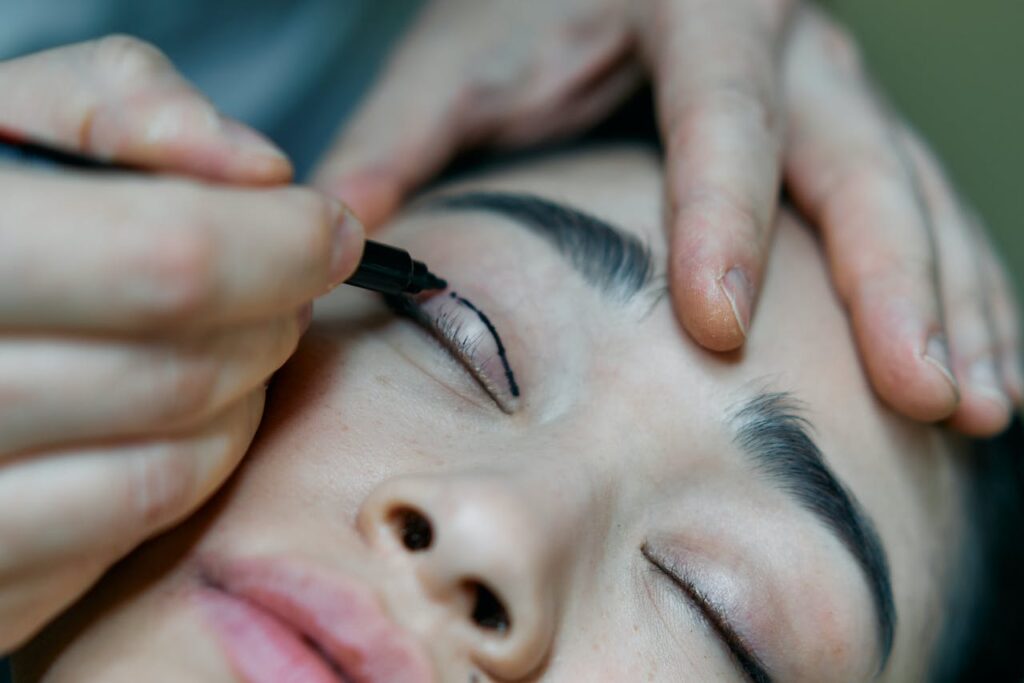Performing a histological analysis on fresh frozen tissue requires a protocol that properly preserves the tissue and its ability to retain its color and shape. It is essential to understand the various steps of the protocol to ensure successful results.
Preparation for cryostat sectioning
Following the fresh frozen tissue protocol in cryostat sectioning is demanding. It involves many variables that affect the quality of the section. Fortunately, several procedures can be followed to make this task more manageable.
The first step is to prepare the sample to preserve its structural integrity. It is an excellent idea to double-wrap the specimen.
If the sample is small, consider mixing it in an inert support medium. This will help to prevent the example from dehydrating too quickly. Then you will want to freeze the sample at a shallow temperature. The freezing temperature will depend on the tissue type and size.
After freezing, the sample should be transferred to an ultra-low temperature freezer. This is called the cryotome. You may also need to set the cutting chamber to suit the tissue type. You will need to freeze the block for 90 seconds using a conventional system. Another method to quickly freeze tissue is to use liquid nitrogen. You can also use supercooled liquids such as 2-methyl butane to freeze tissue rapidly.
DF protocol with warm PFA improves GFP staining
Various protocols have been tested to preserve the GFP signal in snap-frozen brain sections. Among them, the direct post-fixation of the tissue with 4% paraformaldehyde (PFA) at 25 or 30 degC improved the signal. However, most tested protocols were insufficient to provide a quality GFP signal.
The temperature of PFA impacts the post-fixation of GFP in snap-frozen brain sections. At lower temperatures, the rate of penetration of PFA is slower. Consequently, the GFP signal is diffuse and does not reach the same quality as pre-fixed tissue. On the other hand, the penetration rate is faster at higher temperatures. This results in a more confined GFP signal in snap-frozen brain sections.
This study measures the GFP signal across 50 mm of the DG. The DG contains a subgranular zone (SGZ) where NSPCs reside. Several studies have shown that GFP leaks out of cells when frozen. However, the exact mechanism still needs to be determined. In the present study, a novel protocol was used to examine the effect of temperature on the post-fixation of GFP.
Glyoxal post-fixative to preserve soluble GFP in snap-frozen tissue
Small dialdehyde glyoxal as a post-fixative may preserve soluble GFP in snap-frozen tissue. The small dialdehyde penetrates cells much faster than conventional PFA solutions. This results in brighter microscopy, preserving more cellular proteins. Glyoxal also enables faster fixation, which results in improved immunostaining quality.
To test the ability of glyoxal to preserve soluble GFP in snap-frozen tissue, samples were fixed with either PFA or glyoxal. Compared with PFA fixation, glyoxal fixation resulted in brighter immunostaining and reduced the movement of organelle locations. This could pose a concern for experiments using enzymatic tags.
Homogenizing adult rat brains prepared a rat brain cytosol. It was then centrifuged at 264,000 g for 60 minutes. Glyoxal was added to the cytosol at a final concentration of 3%. Then, the cytosol was two-step centrifuged to obtain the brain tissue. This was then sliced into small pieces with a Cryo-microtome.
Preparing gelatin-coated slides for histological tissue
While preparing gelatin-coated slides for fresh frozen tissue sections, a few things must be kept in mind. After preparation, gelatin-coated slides can be stored at -20degC or -80degC. However, due to the special storage requirements of gelatin-coated slides, it is recommended that the drops be kept in a dry and dust-free area.
After dipping, the gelatin-coating solution should be air-dried for at least 48 hours. The slide should then be stored in a plastic or cytostatic box. During the preparation of gelatin-coated microscope slides, a 2% solution of gelatin and chromium potassium is poured onto the slide. After stirring, the answer should turn pale blue. The solution should then be drained on a piece of paper tissue. During the final wash, the slides should be rinsed in deionized water. The slides should be labeled with the date and the animal ID.
Preparing a sample for permanent sections
Embedding a sample for permanent fresh frozen tissue sections can take time and effort. It is important to correctly place the tissue specimens, as proper orientation can result in good results. Several techniques have been developed to embed samples, including a novel system that offers many advantages over conventional methods.
The novel system uses simple techniques to embed tissues face-down in freezing-temperature steel wells. This method reduces tissue wastage and provides speed and precision. The first step in embedding a sample is to clean the specimens. The tissue specimens are placed into a small plastic cassette. After they have been cleaned, they are placed in 10% formalin. They are then frozen in isopentane mixed with dry ice. They are stored in the freezer at -70 deg C for at least 12 months.
The next step in the process involves a series of alcohol solutions to remove water. The staining process consists of the section in contact with a stain until the desired tint is achieved. This process is known as progressive staining. Once the staining has been completed, the stained section on the slide needs to be covered. This helps to preserve the tissue section and improves the optical quality of the viewing under the microscope.




Leave a Reply
You must be logged in to post a comment.